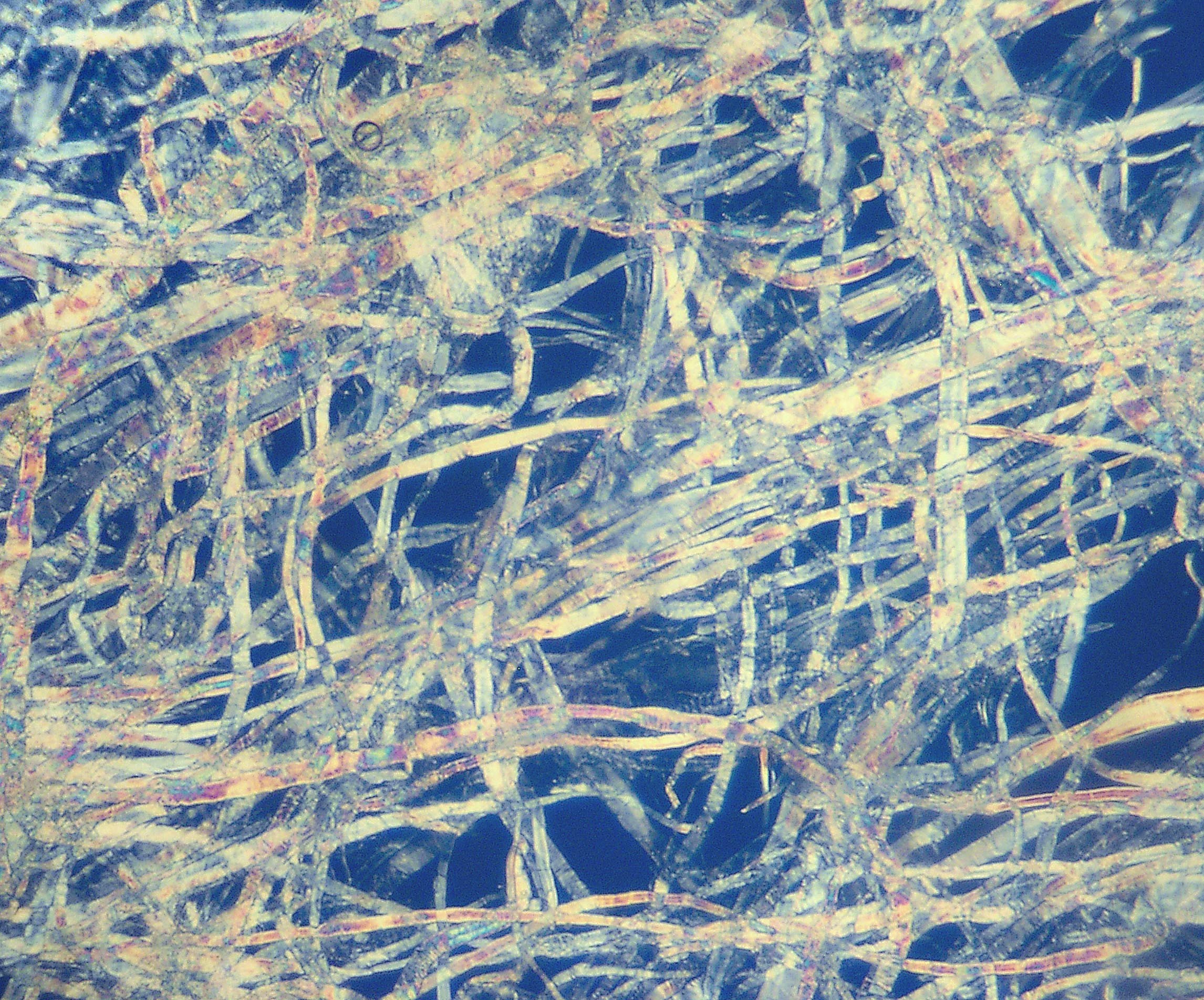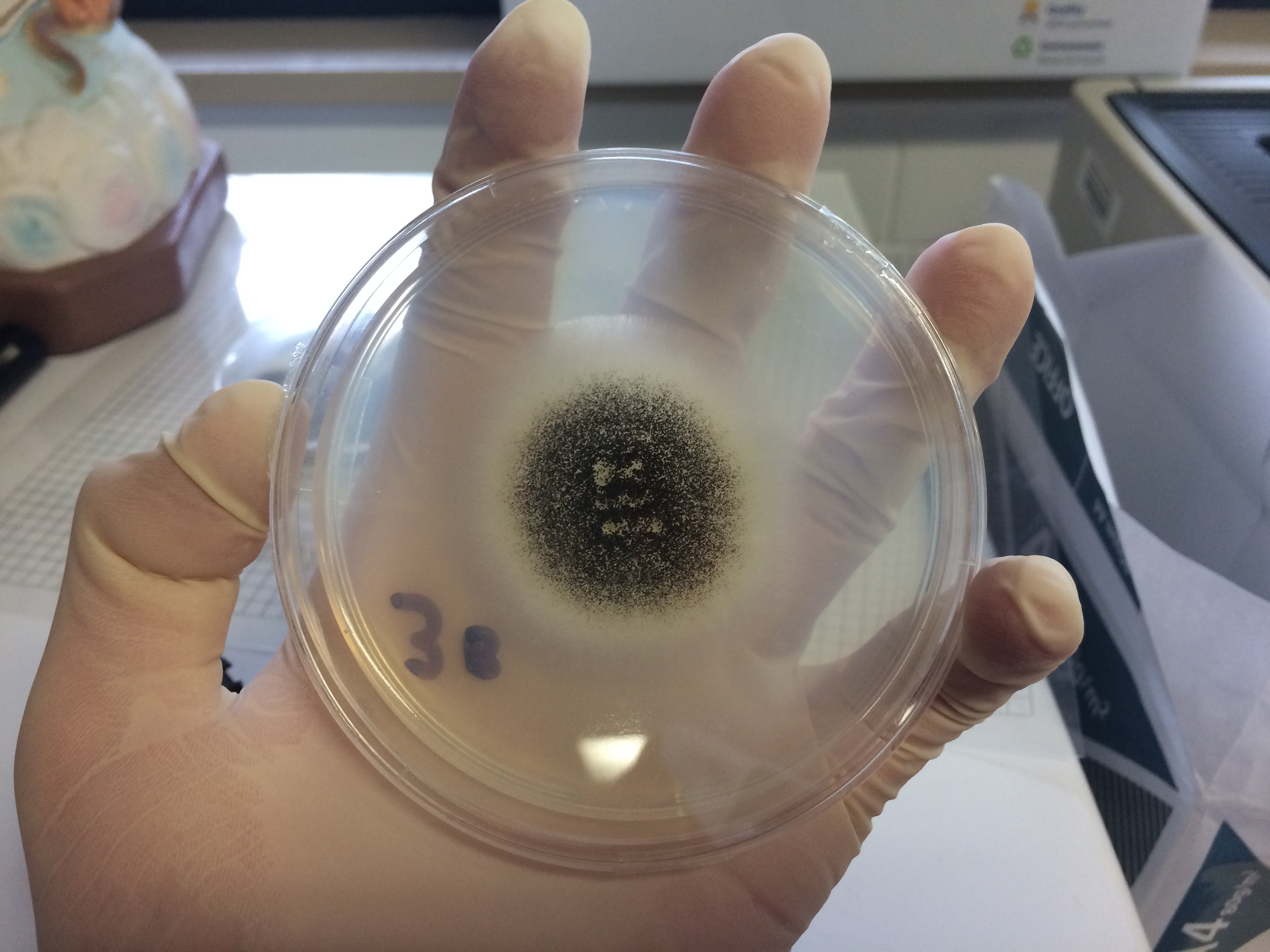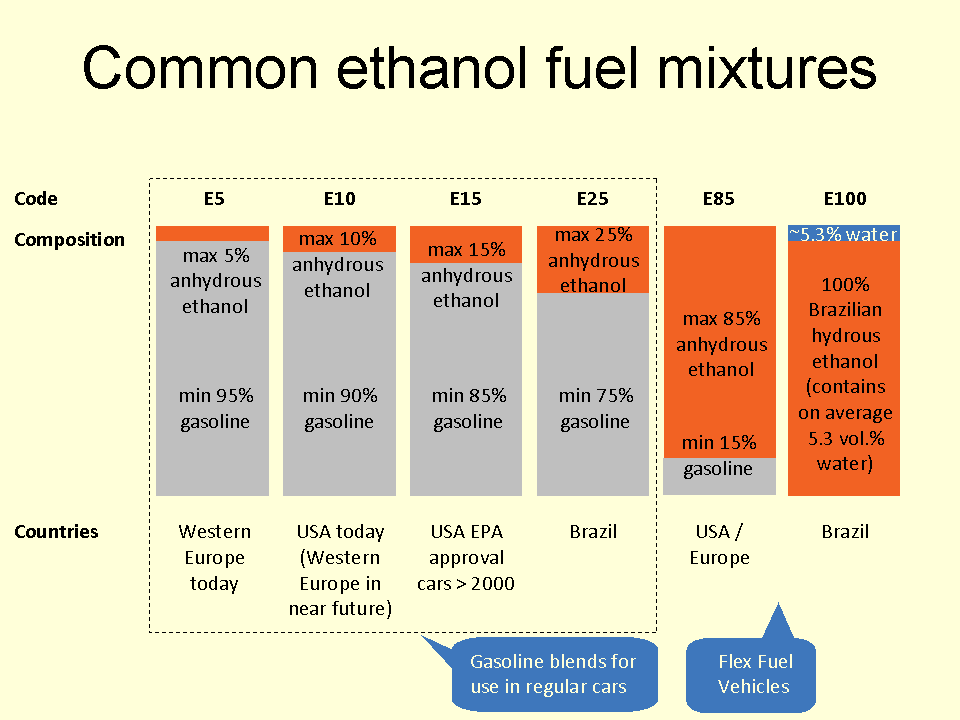|
Calcium Bisulfite
Calcium bisulfite (calcium bisulphite or calcium hydrogen sulfite) is an inorganic compound which is the salt of a calcium cation and a bisulfite anion. It may be prepared by treating lime with an excess of sulfur dioxide and water. As a food additive it is used as a preservative under the E number E227. Calcium bisulfite is an acid salt and behaves like an acid in aqueous solution. It is used in the sulfite process for producing paper from wood chips. Synthesis Calcium bisulfite can be prepared by treating lime (chemical formula Ca(OH)2) with an excess of sulfur dioxide and water. Upon synthesis of calcium bisulfite solution, it will have a green to yellow opaque appearance as an aqueous solution. Chemical reactions When calcium bisulfite reacts with the surrounding air, a crystalline precipitate will form composed of calcium sulfite dihydrate. When calcium bisulfite is digested as a food additive, different reactions in metabolic pathways can result. One common pathway re ... [...More Info...] [...Related Items...] OR: [Wikipedia] [Google] [Baidu] |
Inorganic Compound
An inorganic compound is typically a chemical compound that lacks carbon–hydrogen bondsthat is, a compound that is not an organic compound. The study of inorganic compounds is a subfield of chemistry known as ''inorganic chemistry''. Inorganic compounds comprise most of the Earth's crust, although the compositions of the deep Mantle (geology), mantle remain active areas of investigation. All allotropes (structurally different pure forms of an element) and some simple carbon compounds are often considered inorganic. Examples include the allotropes of carbon (graphite, diamond, buckminsterfullerene, graphene, etc.), carbon monoxide , carbon dioxide , carbides, and salt (chemistry), salts of inorganic anions such as carbonates, cyanides, cyanates, thiocyanates, isothiocyanates, etc. Many of these are normal parts of mostly organic systems, including organisms; describing a chemical as inorganic does not necessarily mean that it cannot occur within life, living things. History ... [...More Info...] [...Related Items...] OR: [Wikipedia] [Google] [Baidu] |
Cobalt
Cobalt is a chemical element; it has Symbol (chemistry), symbol Co and atomic number 27. As with nickel, cobalt is found in the Earth's crust only in a chemically combined form, save for small deposits found in alloys of natural meteoric iron. The free element, produced by reductive smelting, is a hard, lustrous, somewhat brittle, gray metal. Cobalt-based blue pigments (cobalt blue) have been used since antiquity for jewelry and paints, and to impart a distinctive blue tint to glass. The color was long thought to be due to the metal bismuth. Miners had long used the name ''kobold ore'' (German language, German for ''goblin ore'') for some of the blue pigment-producing minerals. They were so named because they were poor in known metals and gave off poisonous arsenic-containing fumes when smelted. In 1735, such ores were found to be reducible to a new metal (the first discovered since ancient times), which was ultimately named for the ''kobold''. Today, some cobalt is produced sp ... [...More Info...] [...Related Items...] OR: [Wikipedia] [Google] [Baidu] |
Pulp (paper)
Pulp is a fibrous Lignocellulosic biomass, lignocellulosic material prepared by chemically, semi-chemically, or mechanically isolating the cellulose fiber, cellulosic fibers of wood, fiber crops, Paper recycling, waste paper, or cotton paper, rags. Mixed with water and other chemicals or plant-based additives, pulp is the major raw material used in papermaking and the industrial production of other Pulp and paper industry, paper products. History Before the widely acknowledged invention of papermaking by Cai Lun in China around AD 105, paper-like writing materials such as papyrus and amate were produced by ancient civilizations using plant materials which were largely unprocessed. Strips of Bark (botany), bark or Bast fibre, bast material were woven together, beaten into rough sheets, dried, and polished by hand. Pulp used in modern and traditional papermaking is distinguished by the process which produces a finer, more regular slurry of cellulose fibers which are pulled out of ... [...More Info...] [...Related Items...] OR: [Wikipedia] [Google] [Baidu] |
Ammonium Bisulfate
Ammonium bisulfate, also known as ammonium hydrogen sulfate, is a white, crystalline solid with the formula (NH4)HSO4. This salt is the product of the half-neutralization of sulfuric acid by ammonia. Production It is commonly collected as a byproduct of the "acetone cyanohydrin route" to the commodity chemical methyl methacrylate. It can also be obtained by hydrolysis of sulfamic acid in aqueous solution, which produces the salt in high purity: : It also arises by the thermal decomposition of ammonium sulfate: : Applications It can be further neutralized with ammonia to form ammonium sulfate, a valuable fertilizer A fertilizer or fertiliser is any material of natural or synthetic origin that is applied to soil or to plant tissues to supply plant nutrients. Fertilizers may be distinct from liming materials or other non-nutrient soil amendments. Man .... It can be used as a weaker alternative to sulfuric acid, although sodium bisulfate is much more common. Natural oc ... [...More Info...] [...Related Items...] OR: [Wikipedia] [Google] [Baidu] |
Quercetin
Quercetin is a plant flavonol from the flavonoid group of polyphenols. It is found in many fruits, vegetables, leaves, seeds, and grains; capers, red onions, and kale are common foods containing appreciable amounts of it. It has a bitter flavor and is used as an ingredient in dietary supplements, beverages, and foods. Occurrence Quercetin is a flavonoid widely distributed in nature. The name has been used since 1857, and is derived from ''quercetum'' (oak forest), after the oak genus ''Quercus''. It is a naturally occurring polar auxin transport inhibitor. Quercetin is one of the most abundant dietary flavonoids, with an average daily consumption of 25–50 mg. In red onions, higher concentrations of quercetin occur in the outermost rings and in the part closest to the root, the latter being the part of the plant with the highest concentration. One study found that organically grown tomatoes had 79% more quercetin than non-organically grown fruit. Quercetin is present in ... [...More Info...] [...Related Items...] OR: [Wikipedia] [Google] [Baidu] |
Dihydroquercetin
Taxifolin (5,7,3',4'-flavan-on-ol), also known as dihydroquercetin, belongs to the subclass flavanonols in the flavonoids, which in turn is a class of polyphenols. It is extracted from plants such as Siberian larch and milk thistle. Stereocenters Taxifolin has two stereocenters on the C-ring, as opposed to quercetin which has none. For example, (+)-taxifolin has (2''R'',3''R'')-configuration, making it one out of four stereoisomers that comprise two pairs of enantiomers. Natural occurrences Taxifolin is found in non-glutinous rice boiled with adzuki bean (adzuki-meshi). It can be found in conifers like the Siberian larch, ''Larix sibirica'', in Russia, in ''Pinus roxburghii'', in ''Cedrus deodara'' and in the Chinese yew, '' Taxus chinensis var. mairei''. It is also found in the silymarin extract from the milk thistle seeds. Taxifolin is present in vinegars aged in cherry wood. Taxifolin, and flavonoids in general, can be found in many beverages and products. Specifically ... [...More Info...] [...Related Items...] OR: [Wikipedia] [Google] [Baidu] |
Penicillium Expansum
''Penicillium expansum'' is a psychrophilic blue mold that is common throughout the world in soil. It causes Blue Mold of apples, one of the most prevalent and economically damaging post-harvest diseases of apples. Though primarily known as a disease of apples, this plant pathogen can infect a wide range of hosts, including pears, strawberries, tomatoes, corn, and rice. ''Penicillium expansum'' produces the carcinogenic metabolite patulin, a neurotoxin that is harmful when consumed. Patulin is produced by the fungus as a virulence factor as it infects the host. Patulin levels in foods are regulated by the governments of many developed countries. Patulin is a particular health concern for young children, who are often heavy consumers of apple products. The fungus can also produce the mycotoxin citrinin. Hosts and disease development ''Penicillium expansum'' has a wide host range, causing similar symptoms on fruits which include apples, pears, cherries, and citrus . Initial inf ... [...More Info...] [...Related Items...] OR: [Wikipedia] [Google] [Baidu] |
Leucostoma Persoonii
''Leucostoma persoonii'' is a plant pathogen, which causes perennial canker (also referred to as Cytospora canker and Valsa canker or Leucostoma canker). On Species Fungorum the current name is given as Cytospora leucostoma (Pers.) Sacc., (1881) References External links Index FungorumUSDA ARS Fungal Database Diaporthales Fungal plant pathogens and diseases Fungus species Taxa named by Theodor Rudolph Joseph Nitschke Fungi described in 1928 {{fungus-plant-disease-stub ... [...More Info...] [...Related Items...] OR: [Wikipedia] [Google] [Baidu] |
Aspergillus Niger
''Aspergillus niger'' is a mold classified within the ''Nigri'' section of the ''Aspergillus'' genus. The ''Aspergillus'' genus consists of common molds found throughout the environment within soil and water, on vegetation, in fecal matter, on decomposing matter, and suspended in the air. Species within this genus often grow quickly and can sporulate within a few days of germination. A combination of characteristics unique to ''A. niger'' makes the microbe invaluable to the production of many acids, proteins and bioactive compounds. Characteristics including extensive metabolic diversity, high production yield, secretion capability, and the ability to conduct post-translational modifications are responsible for ''A. niger's'' robust production of secondary metabolites. ''A. niger's'' capability to withstand extremely acidic conditions makes it especially important to the industrial production of citric acid. ''A. niger'' causes a disease known as "black mold" on certain fruits and ... [...More Info...] [...Related Items...] OR: [Wikipedia] [Google] [Baidu] |
Polygalacturonase
Endo-polygalacturonase (, pectin depolymerase, pectolase, pectin hydrolase, and poly-α-1,4-galacturonide glycanohydrolase; systematic name (1→4)-α-D-galacturonan glycanohydrolase (endo-cleaving)) is an enzyme that hydrolyzes the α-1,4 glycosidic bonds between galacturonic acid residues: :(1,4-α-D-galacturonosyl)''n''+''m'' + H2O = (1,4-α-D-galacturonosyl)''n'' + (1,4-α-D-galacturonosyl)''m'' Polygalacturonan, whose major component is galacturonic acid, is a significant carbohydrate component of the pectin network that comprises plant cell walls. Therefore, the activity of the endogenous plant PGs works to soften and sweeten fruit during the ripening process. Similarly, phytopathogens use PGs as a means to weaken the pectin network, so that digestive enzymes can be excreted into the plant host to acquire nutrients. Structure This enzyme's multiple parallel beta sheets, β sheets form a helical shape that is called a beta helix, β helix. This highly stable structure, th ... [...More Info...] [...Related Items...] OR: [Wikipedia] [Google] [Baidu] |
Ethanol Fuel
Ethanol fuel is fuel containing ethyl alcohol, the same type of alcohol as found in alcoholic beverages. It is most often used as a motor fuel, mainly as a biofuel additive for gasoline. Several common ethanol fuel mixtures are in use around the world. The use of pure hydrous or anhydrous ethanol in internal combustion engines (ICEs) is possible only if the engines are designed or modified for that purpose. Anhydrous ethanol can be blended with :gasoline (petrol) for use in gasoline engines, but with a high ethanol content only after engine modifications to meter increased fuel volume since pure ethanol contains only 2/3 the energy of an equivalent volume of pure gasoline. High percentage ethanol mixtures are used in some racing engine applications since the very high octane rating of ethanol is compatible with very high compression ratios. The first production car running entirely on ethanol was the Fiat 147, introduced in 1978 in Brazil by Fiat. Ethanol is commonly mad ... [...More Info...] [...Related Items...] OR: [Wikipedia] [Google] [Baidu] |
Jet Fuel
Jet fuel or aviation turbine fuel (ATF, also abbreviated avtur) is a type of aviation fuel designed for use in aircraft powered by Gas turbine, gas-turbine engines. It is colorless to straw-colored in appearance. The most commonly used fuels for commercial aviation are Jet A and Jet A-1, which are produced to a standardized international specification. The only other jet fuel commonly used in civilian turbine-engine powered aviation is Jet B, which is used for its enhanced cold-weather performance. Jet fuel is a mixture of a variety of hydrocarbons. Because the exact composition of jet fuel varies widely based on petroleum source, it is impossible to define jet fuel as a ratio of specific hydrocarbons. Jet fuel is therefore defined as a performance specification rather than a chemical compound. Furthermore, the range of molecular mass between hydrocarbons (or different carbon numbers) is defined by the requirements for the product, such as the freezing point or smoke point. Keros ... [...More Info...] [...Related Items...] OR: [Wikipedia] [Google] [Baidu] |




